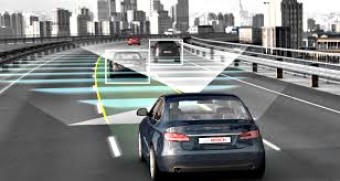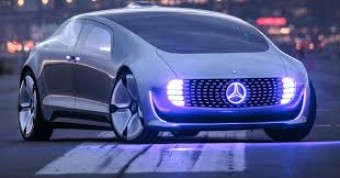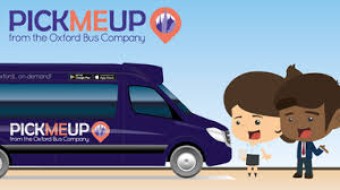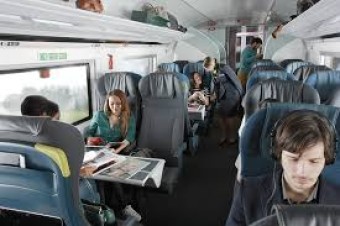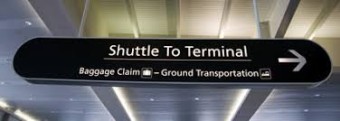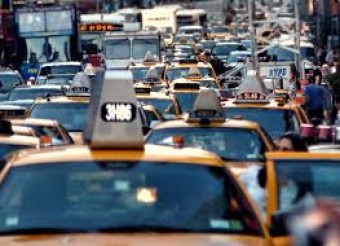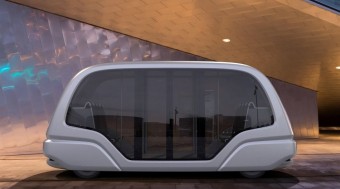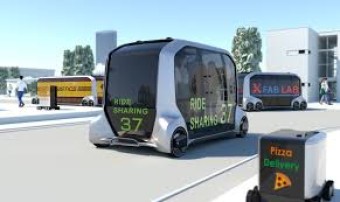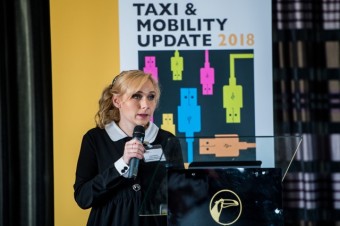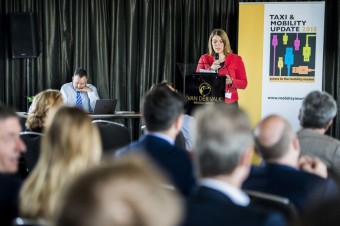Self-driving car technology can’t deliver on overblown ride-sharing promises
In the battle to go public, Lyft might be winning. The company’s initial public offering — with a target of more than $20 billion — is expected shortly, ahead of rival Uber. Key to wooing public investors, however, is showing potential for strong returns. That’s a problem because both ride-hailing giants spend more than they earn.
Their biggest expense? Driver salaries. In the first quarter of 2018, Uber raked in $11.3 billion in revenue, more than $8 billion of which was spent on paying drivers. Driverless technology is expected to change this. Sensors and software, after all, don’t demand salaries, which ultimately means wider margins. This explains why Uber and Lyft are investing heavily in self-driving technology. So is Waymo — a Google spinoff — which recently launched its own ‘robocab’ service. That service comes with caveats, however. It’s only available in some American suburbs (four to be exact; all of them in Arizona), not everyone living in those suburbs can freely use the service (Waymo has to preapprove you), and riders who can are greeted by human drivers in the front seat (Waymo added them owing to safety concerns).
Uber and Lyft’s own efforts with self-driving technology have fared no better. Some say this isn’t the let-the-robot-drive, anyone-can-ride experience that self-driving companies have long promised us. Maybe not, but it’s hardly surprising.
For one thing, driverless does not mean humanless. Sensors and software might trim the need for human labor but do not — contrary to what self-driving advocates say — purge that need entirely. Machines are after all, imperfect. They stumble just like humans do. The impact of these blunders is trivial when fruit-picking, drink-pouring and burger-flipping robots break down. But when algorithms charged with our safety and security follow suit, the results can be deadly.
Case in point, the airplane autopilot. First introduced in 1912, the system has since become a staple of the modern cockpit. And rightly so. When engaged, its algorithms can crunch data (think altitude, speed and position information) faster and more reliably than a human pilot ever could. The result? A safer, smoother flying experience. But the autopilot (or its failure to be more precise) has also been implicated in several air crashes. That’s why autopilot use is contingent on human supervision. Regulators know that for its virtues, machines can’t be trusted to get it right all the time, every time (manufacturers know this, too, by the way).
Self-driving technology is no different. Unless these systems are proven faultless (which they aren’t), ceding control of public safety to algorithmic rather than human intuitions is an unlikely prospect at best. There goes the let-the-robot-drive future we were promised.
As for the anyone-can-ride experience, fulfilling that pledge is even less likely. The reason? Cost. In driverless car dialogue, cost is almost an afterthought. Enthusiasts assume that consumers will forgo personal vehicle ownership in favor of using robocabs. Why shouldn’t they? Owning a car — in addition to being inefficient and unenjoyable — is pricey. Robocabs, on the other hand, will be cheaper because driverless technology cuts out a taxi operator’s single largest expense — the driver. This makes robocabs a better bargain for consumers than owning a car.
Self-driving car promises are on life support
Such reasoning — while intuitively sound — is deeply flawed. For one thing, human involvement in driving can’t (and won’t) be entirely axed. Even if it were, personal car ownership would still be a better bargain than hailing a robocab. The reason? Driver salaries, although significant, affect fares less than the cab’s utilization rate — the percent of miles it travels with a fare paying passenger. And that’s a problem because in some cities, drivers spend as little as 40 percent of their time earning fares (the rest is spent finding them).
Continue reading Ashley Nunes’ article:
- Self-driving car technology can’t deliver on overblown ride-sharing promises.
